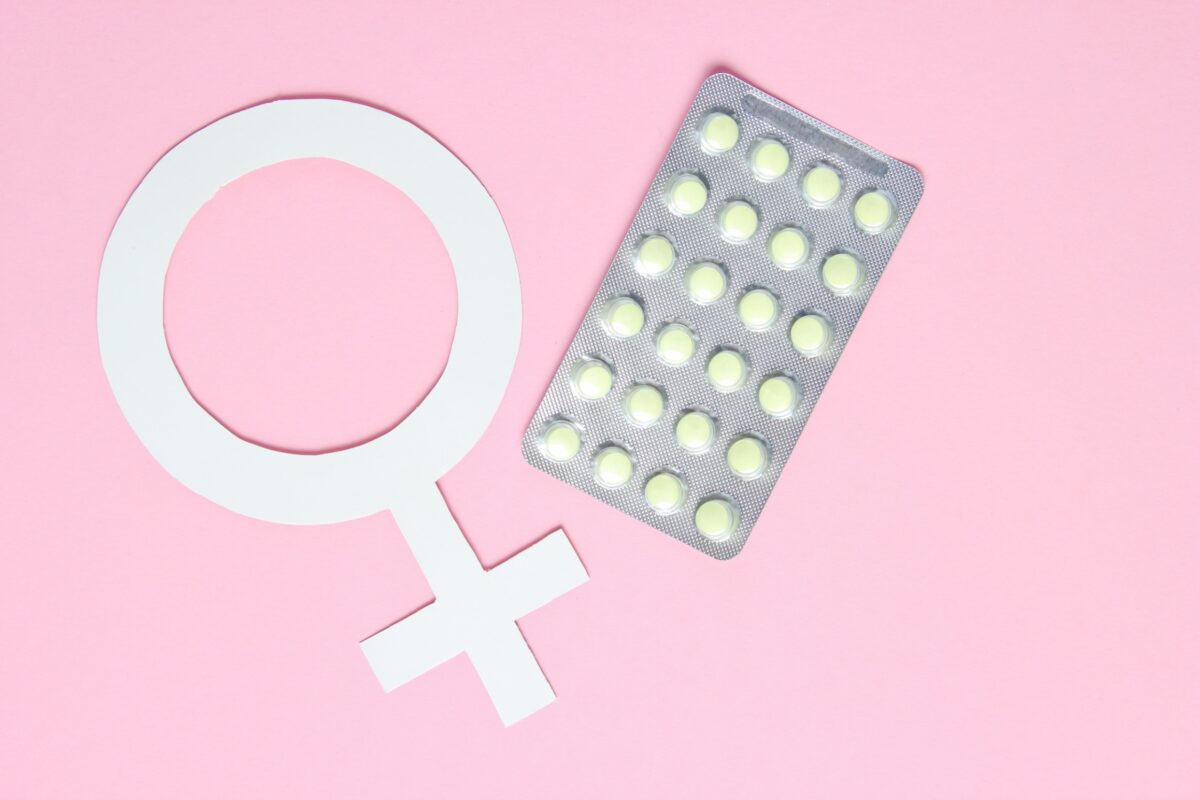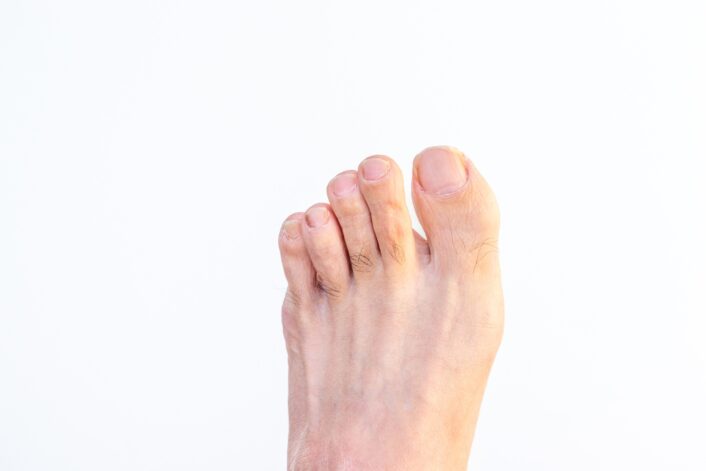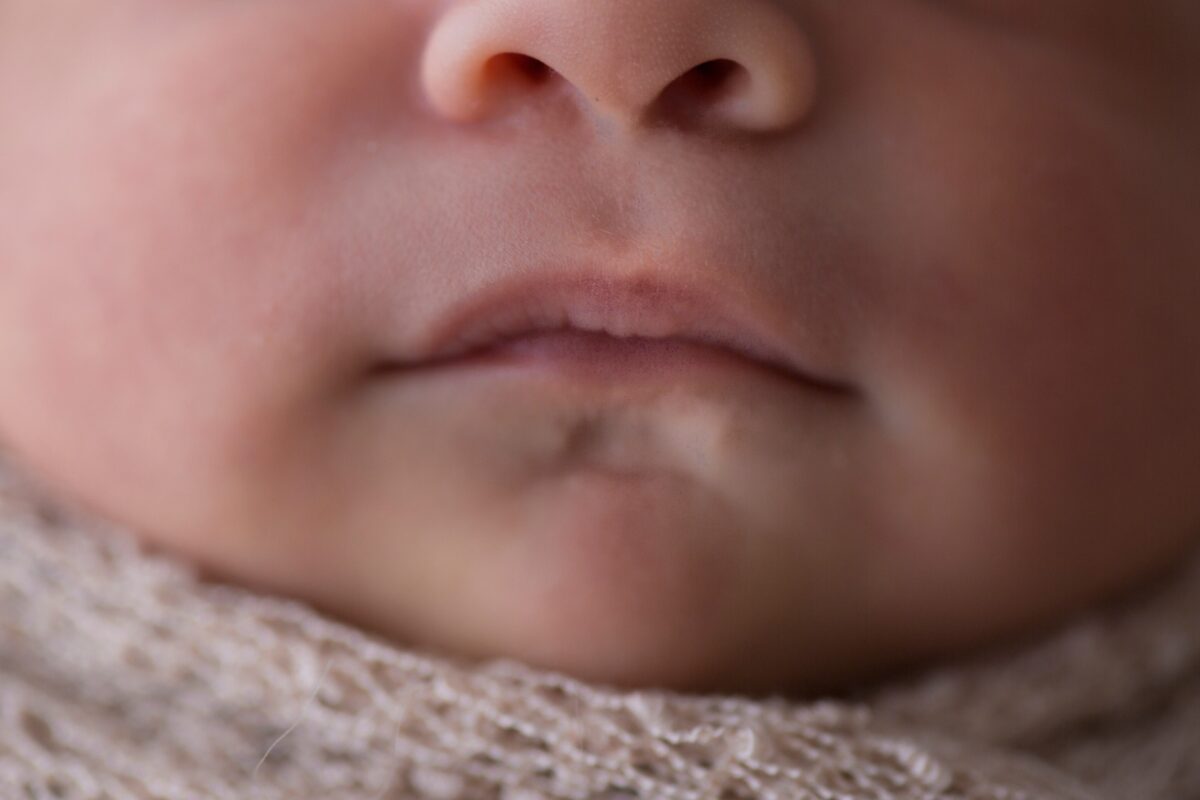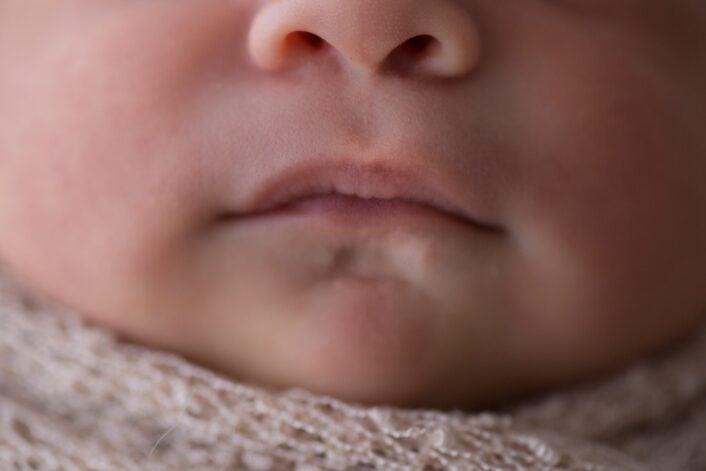The Genetic Connection of PCOS and Women’s Wellness
Catherine
on
June 21, 2024
Disclaimer: This article is for informational purposes only and is not intended to diagnose any conditions. LifeDNA does not provide diagnostic services for any conditions mentioned in this or any other article.
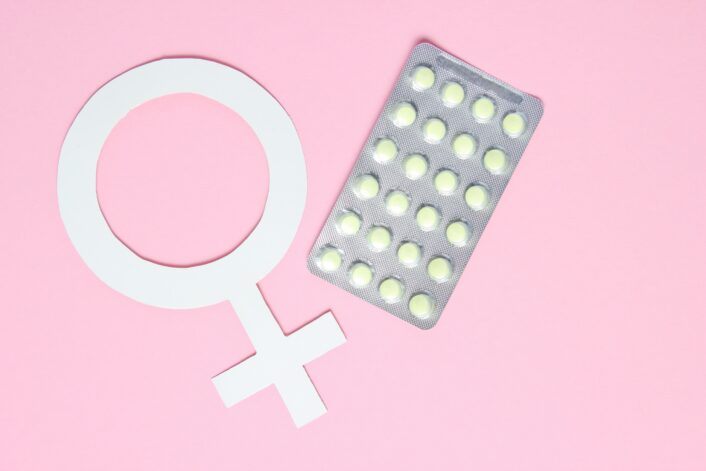
What is PCOS?
If your weight gain, persistent acne, and irregular menstruation feel overwhelming, these could be signs of PCOS, a common but often left undiagnosed condition. Polycystic ovary syndrome is a hormonal disorder that causes infertility, hormonal imbalance, and metabolism problems that affect 1 in every 10 women during their reproductive age.
Most people are diagnosed in their mid-20s or 30s, usually when they’re trying to conceive or when symptoms such as those mentioned above become noticeable. Factors such as obesity or a family history of PCOS may increase the risk. Women in the general population who have polycystic ovary syndrome are more likely to experience mood disorders such as depression.
While it may be alarming that there is no known cure for PCOS, there are treatments to help address common symptoms and manage such conditions. It’s essential to openly discuss and understand women’s health issues such as PCOS, for them to be guided to the first step towards effective care.
Why Do Women Develop PCOS?
PCOS occurs in a woman’s ovaries, where hormonal imbalances may disrupt the normal ovulation process. Normally, ovulation releases a mature egg from the ovary for potential fertilization. In PCOS, these hormonal imbalances may prevent regular ovulation, leading to higher levels of androgens, male hormones that are usually present in small amounts in women. This excess of androgens disrupts the menstrual cycle and contributes to the symptoms associated with PCOS, such as irregular periods, infertility, and other hormonal imbalances.
Can PCOS be Inherited?
Researchers have studied different aspects of PCOS, including its genetic, hormonal, and environmental factors, to understand it better. The genetic basis of PCOS was first reported by Cooper and colleagues in 1968, who found that PCOS often runs in families. This suggested it might be inherited in an autosomal dominant pattern, meaning that having just one copy of the affected gene could increase the risk of developing such a condition.
Twin studies have been helpful with identical (monozygotic) and fraternal (dizygotic) twins showing that PCOS has a strong genetic component. The heritability of PCOS, which is the proportion of the risk that is genetic, is observed to be about 72%.
Additionally, studies of families have found that 55-60% of first-degree relatives (like sisters or daughters) of someone with PCOS also have the condition. This means that genetics play a big role in whether someone develops PCOS. However, because many genes and environmental factors contribute to PCOS, the exact genetic basis may differ between and within families. This complexity means that while genetics play a significant role, other factors are also important.
Genetic Studies and Insights on PCOS
Polycystic Ovary Syndrome (PCOS) is now established as a complex and multifactorial endocrine disorder that affects a significant number of women globally, with a prevalence ranging from 8-13% depending on the diagnostic criteria and population studied.
A study by Khan, Ullah, and Basit provides a comprehensive overview of the genetic and molecular understanding of PCOS. The study emphasizes that PCOS is a polygenic disorder with no single genetic marker fully explaining the condition. About 72% of risk variants identified highlighted their hereditary involvement and their interplay with one another along with other extrinsic factors, contribute to the development and manifestation of PCOS.
The study also highlighted several genes involved in ovarian and adrenal steroidogenesis, including CYP11a, CYP17, and CYP19, which are crucial for androgen production and metabolism. Mutations and polymorphisms in these genes may lead to elevated androgen levels, a hallmark of PCOS. Additionally, genes involved in insulin signaling, such as INSR and IRS-1, also play a significant role, as insulin resistance is a common feature in many women with PCOS.
Genome-wide association studies have further revealed associations between PCOS and other conditions such as obesity, type 2 diabetes, and heart disease, indicating shared genetic factors in their development. Researchers identified 14 specific genetic loci associated with PCOS through a large-scale analysis involving over 10,000 PCOS cases and more than 100,000 controls of European ancestry. Among these loci, three genetic variations (PLGRKT with SNP-rs10739076, ZBTB16 with SNP-rs1784692, and MAPRE1 with SNP- rs853854) were newly discovered along with others (THADA, GATA4/NEIL2, YAP1, etc.) that have been previously observed in Han Chinese and European populations. Although obesity is commonly associated with PCOS, the study did not reveal new loci, most genetic variants showed consistent effects across PCOS symptoms such as hormone imbalances and ovarian issues.
Another study highlights the challenges of identifying risk variants through GWAS, as most of these variants are non-coding (parts that do not directly encode proteins) and located in regulatory regions of the genome. However, about 60% of these variants are found in DNA hypersensitivity and regulatory regions. For example, variants near the FSHβ gene (SNPs- rs11031006 and rs11031005) not only increase the risk for PCOS but are also associated with lower follicle-stimulating hormone (FSH) and higher luteinizing hormone (LH) levels. These instances show how non-coding variants may influence gene expression and hormone levels, contributing to the risk of PCOS. Researchers have also used Mendelian randomization to demonstrate that genetic influences for traits such as BMI, fasting insulin, and age at menopause are more frequent in women with PCOS, suggesting these traits causally contribute to the syndrome.
Understanding the genetic factors behind Polycystic Ovary Syndrome (PCOS) offers valuable insights into its impact on women’s overall health- including reproductive, metabolic, and mental health.
The Impact of PCOS on Women's Health
Polycystic Ovary Syndrome (PCOS) affects many aspects of women’s health, going beyond just fertility issues. These listed below are some of which may significantly impact a woman’s quality of life:
Reproductive Health
Many women with PCOS struggle to conceive because their ovaries may not release eggs regularly. Symptoms like irregular periods and high levels of (androgens) male hormones are typical signs of PCOS, often leading to delayed diagnosis. Genes like FSHR and LHCGR, which play crucial roles in follicle-stimulating hormone and luteinizing hormone regulation, are often implicated in PCOS. Variations in these genes may lead to hormonal imbalances, resulting in irregular menstrual cycles and difficulty in conceiving.
Metabolic Health
The Impact of PCOS on one’s metabolic health increases the risk of developing metabolic health conditions such as insulin resistance. This means the body’s cells don’t respond well to insulin, which may lead to high blood sugar. This is often associated with what is known as metabolic syndrome, which relates to weight gain, high cholesterol, and high blood pressure,
Mental Health
The impact of PCOS extends beyond physical health, significantly affecting mental well-being. Women with PCOS are more likely to experience anxiety, depression, and mood disorders. Genetic factors, including variations in genes related to neurotransmitter regulation like COMT and MAOA, contribute to these mental health challenges.
The hormonal imbalances associated with PCOS, particularly elevated androgen levels, may influence mood and emotional stability. Additionally, the psychological stress of dealing with symptoms like acne, hirsutism, and weight gain may further exacerbate mental health issues. Factors such as concerns about body image due to symptoms like excess hair growth (hirsutism), weight gain, and difficulty conceiving may contribute to these mental health challenges.
Managing PCOS
While there is no exact cure for PCOS, it may be effectively managed through various approaches aimed at alleviating symptoms and improving overall health outcomes:
Lifestyle Modifications
Diet and Nutrition: For women with PCOS, this involves a balanced eating plan to get proper nutrition that may help promote overall health. Focusing on a balanced diet may help manage weight, reduce insulin resistance, and regulate hormonal imbalances that contribute to PCOS symptoms like irregular periods and excessive androgen production. Foods such as carbohydrates, lean proteins, and healthy fats while limiting refined sugars and processed foods may help.
Exercise: Exercise is beneficial for one’s overall well-being. It helps us burn stored energies which may improve insulin sensitivity, manage weight, and even our mood stability which are beneficial for managing PCOS-related symptoms and improving quality of life.
Stress management: Practices such as meditation and deep breathing exercises may help reduce stress levels, improve hormonal balance, and reduce symptoms of anxiety or depression commonly associated with women who have PCOS.
Medical Treatments
Oral contraceptives: This usually contains estrogen and progestin that may be prescribed to help regulate menstrual cycles, lower androgen levels, and improve acne in women with PCOS. They help manage symptoms such as excessive hair growth (hirsutism).
Insulin sensitizing agents: These are prescribed to improve insulin resistance, which is often a key feature of PCOS. These medications help lower insulin levels, reduce androgen production, and restore regular ovulation in women with insulin-resistant PCOS. They are particularly beneficial for those with concurrent metabolic issues like obesity or type 2 diabetes.
Surgery: In cases where other treatments prove ineffective for some women, they may feel the need for surgical options such as ovarian drilling may be considered. This procedure involves using heat or laser to puncture the ovarian surface, aiming to reduce the number of androgen-producing follicles and restore hormonal balance, potentially improving ovulation.
Emotional and Psychological Support
Counseling and support groups: Counseling sessions with a mental health professional may help provide emotional support and coping strategies for women living with PCOS. Counseling and support groups offer a safe space to discuss personal challenges and may help develop coping strategies for managing stress associated with the condition.
Awareness and learning: This serves to empower women to understand their condition better and actively participate in their treatment plans, enabling them to make informed decisions more confidently and advocate for their own needs.
Mental health care: Addressing mental health concerns not only improves psychological outcomes but also enhances the overall quality of life for individuals managing the complex realities of PCOS. Treatment may involve therapy sessions focused on cognitive-behavioral techniques, mindfulness practices, or medication management.
Summary
- PCOS affects 1 in 10 women, causing infertility due to irregular ovulation and hormone imbalances.
- Having a family history increases the likelihood of developing PCOS, with about 72% of the risk.
- PCOS shares genetic links with obesity, type 2 diabetes, and heart disease.
- Symptoms extend beyond reproductive issues to include metabolic problems like insulin resistance.
- While PCOS isn’t curable, effective management may significantly improve symptoms and overall health.
- Treatment focuses on lifestyle changes, medications like contraceptives, surgery, or therapy.
- GWAS have pinpointed 14 genetic spots linked to PCOS, including PLGRKT, ZBTB16, and MAPRE1, affecting hormone levels and ovarian function.
- Emotional support through counseling and education is essential for managing the psychological impact of PCOS.
- Weight management is challenging in PCOS due to insulin resistance and hormonal factors.
References
- https://medlineplus.gov/genetics/condition/polycystic-ovary-syndrome/#references
- https://my.clevelandclinic.org/health/diseases/8316-polycystic-ovary-syndrome-pcos
- https://www.mayoclinic.org/diseases-conditions/pcos/symptoms-causes/syc-20353439
- https://www.womenshealth.gov/a-z-topics/polycystic-ovary-syndrome
- https://www.hopkinsmedicine.org/health/conditions-and-diseases/polycystic-ovary-syndrome-pcos
- https://www.mayoclinic.org/diseases-conditions/pcos/diagnosis-treatment/drc-20353443
- https://www.ncbi.nlm.nih.gov/books/NBK279000/#:~:text=An%20androgen%2C%20or%20male%20sex,anabolic%20status%20of%20somatic%20tissues.
- https://www.ncbi.nlm.nih.gov/pmc/articles/PMC10201802/
- https://www.ncbi.nlm.nih.gov/pmc/articles/PMC10730780/
- https://www.ncbi.nlm.nih.gov/pmc/articles/PMC8285346/
- https://www.ncbi.nlm.nih.gov/books/NBK470417/#:~:text=Hirsutism%20means%20the%20growth%20of,for%20dermatological%20consultation%20%5B1%5D.
*Understanding your genetics can offer valuable insights into your well-being, but it is not deterministic. Your traits can be influenced by the complex interplay involving nature, lifestyle, family history, and others.
Our reports and suggestions do not diagnose or treat any health conditions or provide any medical advice. Consult with a healthcare professional before making any major lifestyle changes or if you have any other concerns about your results.

